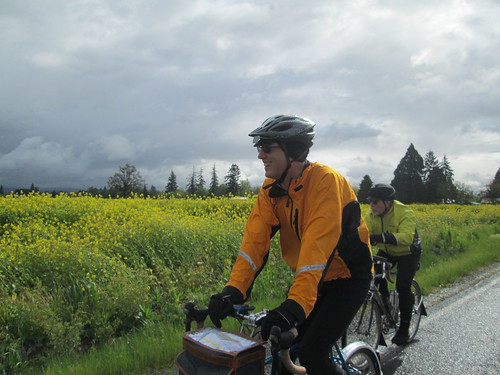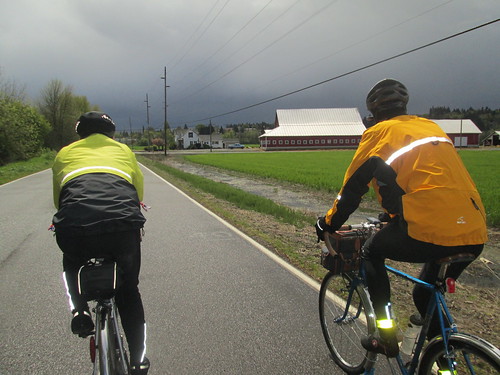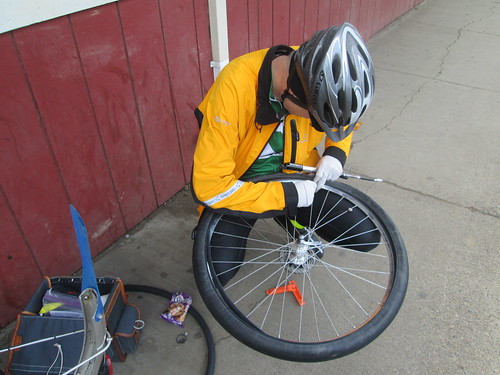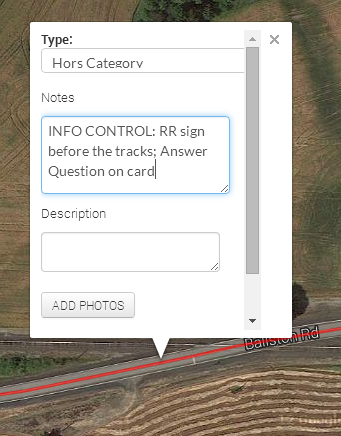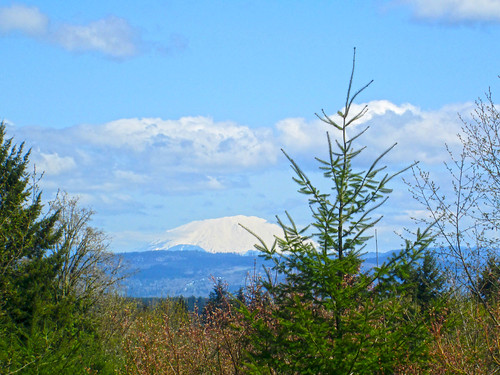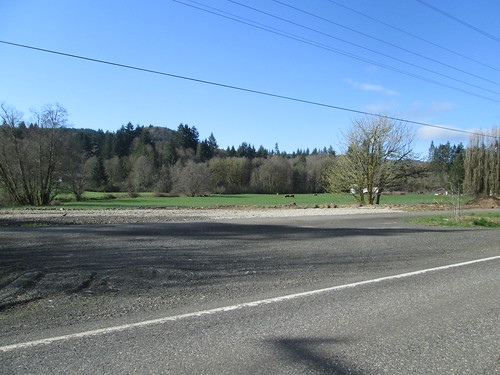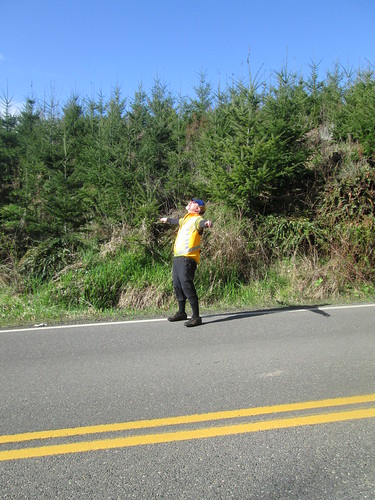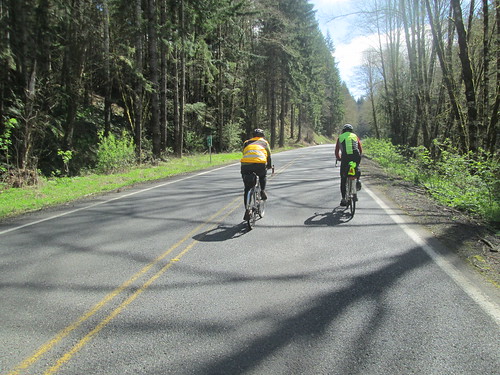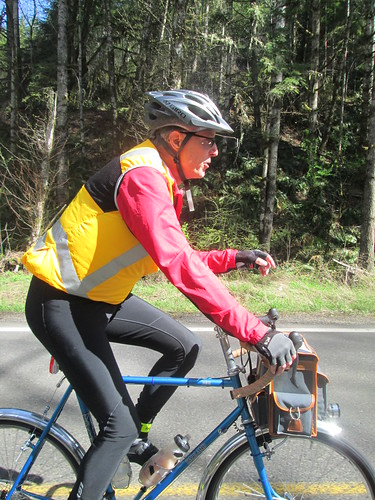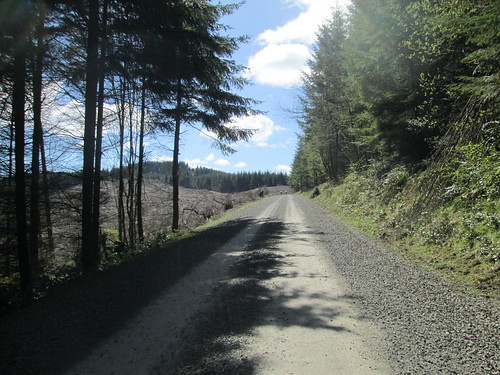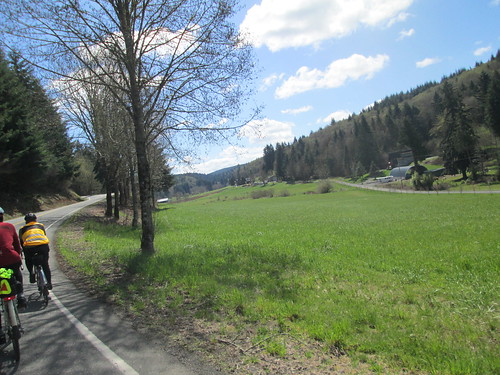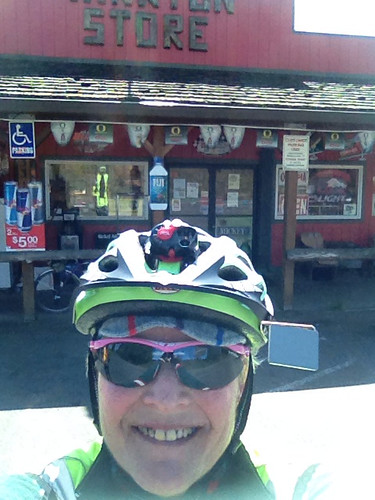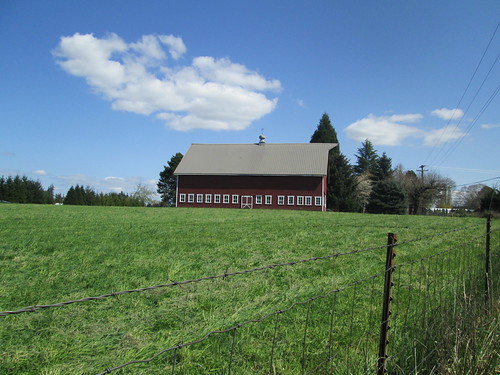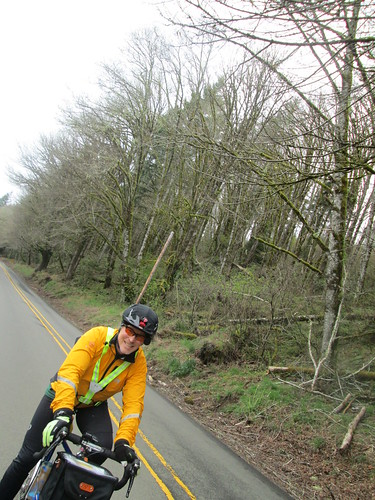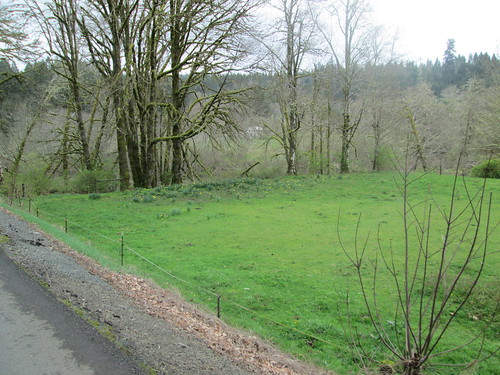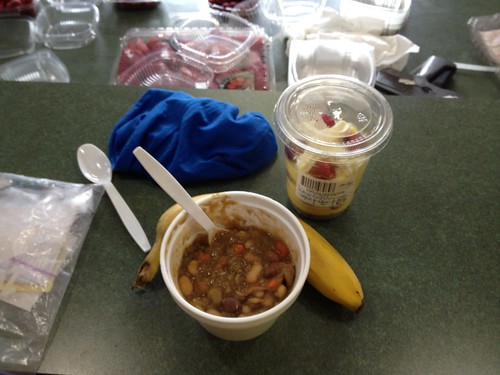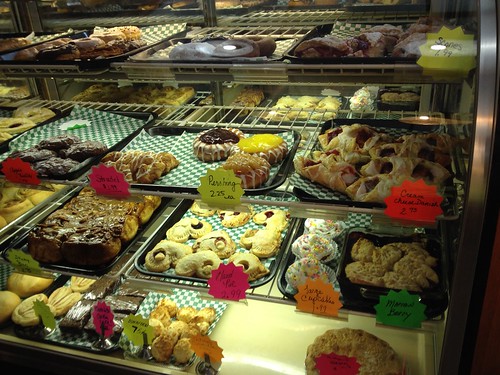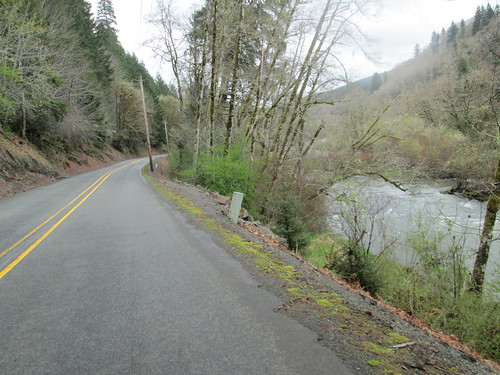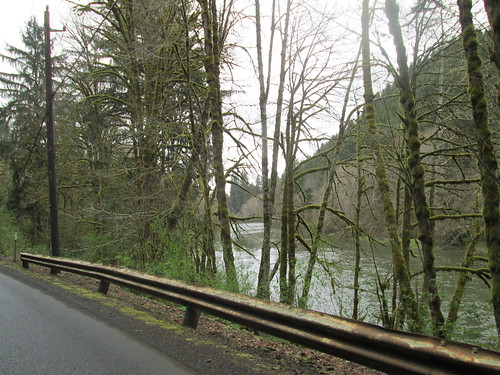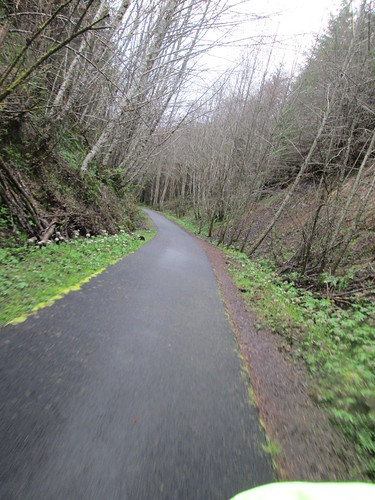Next up, the 300k. The Oregon Randonneurs classic route, the Three Capes. Not, of course, without some route planning excitement.
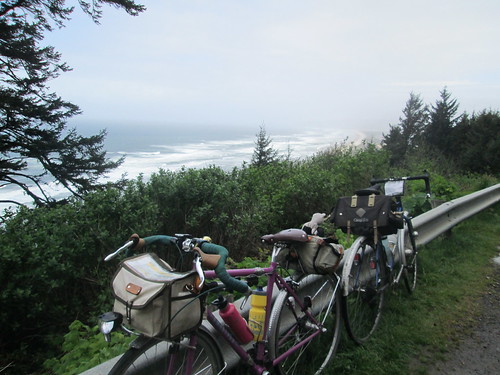
I didn't do the pre-ride or any of that. But when John Henry posted that he had done the pre-ride, and I looked at his distance, rather MORE than 300k, I delicately inquired of the RBA what route changes were in store.
The Little Nestucca Highway was closed - all those quaint, narrow, single lane bridges were shrink-wrapped for repainting. Something about lead.
We tossed around various reroute options to get back to 300k. We successfully removed the Timber Road out and back (not my favorite). And eventually, with judicious tweaks, got it right there. And you wonder why you were sent out of Forest Grove on B Street. .02 miles, that's why.
Now, toss in the additional quirk of Cape Meares Drive is sliding down the hill, and that road is closed to traffic. Navigable by bike, but closed. Easy route around that, only 1.5 miles additional, plus, well, it skips climbing Cape Meares. I was crushed. (not).
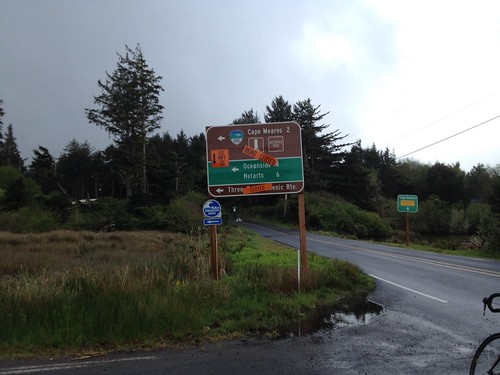
Two of my fleche teammates were coming down from Seattle to ride, and Narayan proposed that we ride together. Neither he nor Geoff H had ridden this before, so they had the added bonus of someone who knew exactly where she was going.
I made myself an updated cue sheet with all the detour options I was choosing to take, because I wanted to verify the calibration on my bike computer.
The ride took place during Passover, making my on-route food options vanishingly small. Bananas. Things to drink. French fries. I made up a variety of rice cakes, probably way too many. (I eat rice and legumes during Passover. Check out the Kitniyot Liberation Front :-) )
Oh, and the weather was going to be probably the worst of any of the years I have done this route.
Geoff and Narayan appeared on Friday night. We planned on a 4am wakeup, which would get us out the door at 5, arriving in Forest Grove with plenty of time to check in, faff, and socialize. Which we did :-)
Not raining at the start. We saw many riders on the out and back on Carpenter Creek. Then NW on Stringtown, Gales Creek, Hwy 6... Over the top, and the long descent into Tillamook. It was windy, in a headwindy sort of way, but very light traffic. And then it started to rain. After awhile, I figured that I would not make the 10-12 miles remaining to the control in any sort of not sopping wet state, so we pulled over under some trees and donned raingear. Ah, better.
Tried to make it quick at the Safeway, after all, I wasn't buying anything complicated. Hah. And then, as we were pulling out, I realized, while I had bought things, there was no signature and no receipt. (How long have you been doing this, Lynne?) Quick trip back into the store for a sig from the Starbucks counter.
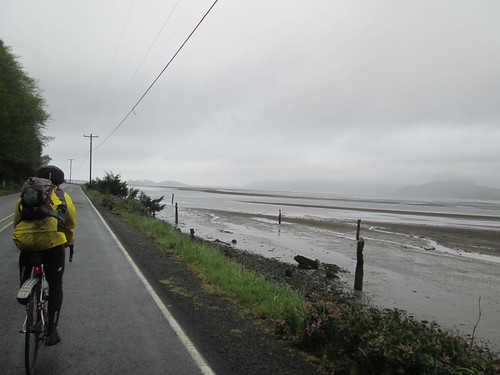

Now for the Bayocean out and back, plus a little convincing to Narayan that we were indeed on the route. Again, saw riders headed back; waved at Michal. He was 11-12 miles ahead at this point. We picked up Gary Smith, and the four of us rode out to the control turnaround.
On the way back (tailwind!), Geoff pulled over, and we continued, figuring he'd catch up again before long. Turned south, into a serious headwind. This was the detour, and a new road to me. I knew it was fairly benign until the last pitch before dropping down to Netarts Bay. The climb in the headwind was pretty special. A bit more traffic, because it is the main route to Netarts and Oceanside. Some driving in an entitled, privileged sort of way, as I was trying to not get blown across their path.
Finally down to Netarts Bay, one of my favorite stretches of the route.
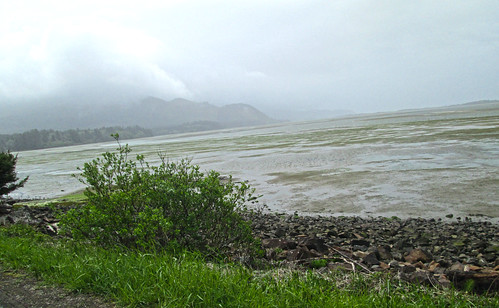
And then up Cape Lookout. Every year I forget how very steep it gets. There I am, chugging along, and suddenly it is painfully steep. And then there is Anderson Viewpoint, a very good place to stop, take pictures, and loiter around waiting for Geoff. Another rider came up (Gary? Mike?) and said Geoff would be right along, so we waited, and, indeed, he was right along. There were serious headwinds from the south this entire leg.

The final push to the top, chatting with Jason H on the amazing availability of coffee drinks at his place of employ, and then down and another intense cloudburst. I am not sure if there was hail, but I'd put money on sleet. So, the descent was a bit less fun than planned. There was another rain hit on Sandlake Rd, then a couple of gentle climbs and we were in Pacific City.
I lobbied for the Cape Kiwanda RV Park store - sandwiches and food for those ordering, and a mini-grocery for those not. One bathroom. Not a relaxing stop for me, filling up bottles, waiting in line to buy things, and such. I really wanted to sit down, too. Kevin and Jeff were there at some point, along with other riders. Ray, Lesli, and Peg were probably way ahead somewhere.
Finally, turning inland! We went north through Pacific City, out on Old Woods Rd to pick up Hwy 101 at Cloverdale. Another new stretch of road, gently rolling, lots of farms, and very green. Cloverdale to Hebo wasn't bad at all. The shoulder wasn't very wide, but it was clean, and drivers were generally courteous. Mike R and I chatted about 650B tires. Now, if there was a Compass 34mm width tire, I'd be all over it.
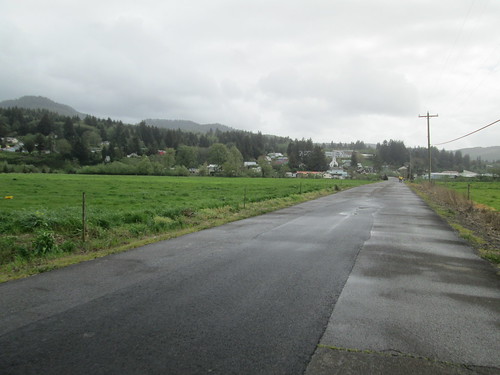
Then left onto Hwy 22. I had ridden it in the other direction, on a very wet perm, back in 2011. We (we now comprised of Lynne, Geoff, Narayan and Mike), paused to reconfigure clothing, as it looked like the rain had given it up for the day. Geoff was also trying to lose his mudflap, so I produced a ziptie for an on-road repair.

Very, very gentle grade along the Nestucca River, for miles and miles. Passed Dolph Junction, where the Little Nestucca Rd joins in. Bit more of a grade, not much, wonderfully mossy trees, and... Sourgrass Summit!
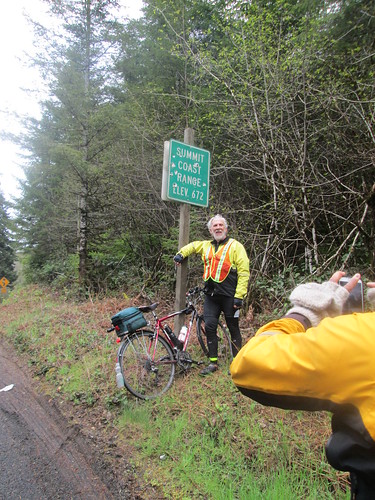

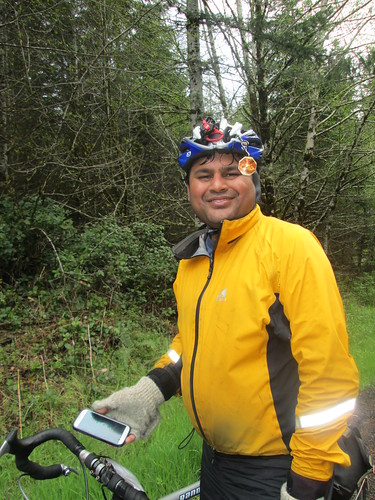
Pause for pictures.
And then downhill, with the expected tailwind. Into Grand Ronde, stopping at the store on the corner. I announced that I was taking a few minutes, and sat. Ate something. A very courteous rider had purchased and left a can of 3-in-1 oil. More than a few of us had squeaky chains, so we put it to good use.
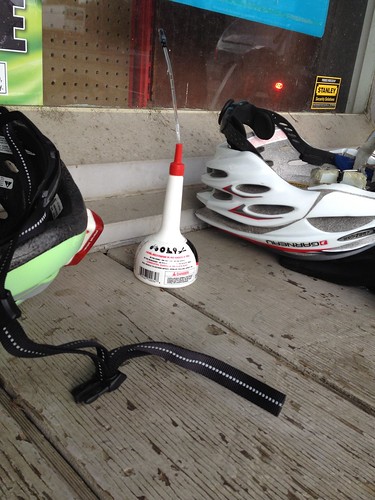
More tailwind along Hwy 18, Yamhill River Rd, Willamina (beware, Tracks of Death!), Sheridan, and then our last on-course control in Ballston.
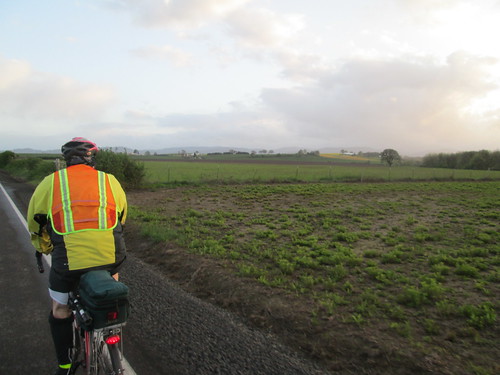
It was not yet dark when we arrived in Amity. Narayan and Mike had fallen off a bit (I was happily sitting on Geoff's wheel and enjoying the tailwind), so we paused to regroup. Off to Dayton. By now, in complete and total autopilot. And we arrived at the Dayton Center Market and... bonk.
Ate a gel. Drank something else. Took some Endurolytes. Pulled on my jacket, because I was shaking, and sat inside for a bit. After awhile, we all took off again, at a somewhat less ambitious pace. Got to the Trappist Abbey on Abbey Rd, and needed to sit down again. I really really wanted to quit here (didn't help that we had started up on the Abbey Rd hill, and, while not long, can be a bit painful late in a ride). Tried to quit. Called Cyndi, but she basically told me to suck it up and finish. Ate something. Took some more Endurolytes; put some Fizz tablets in the sports drink bottle. Onward. My stomach would say eat something, I'd take a bite, and it would get crabby for awhile. The guys all stayed with me.
Our pace picked up to 11-13mph, so I kept muttering "less than an hour", then "less than 30 minutes". And so on. Turned onto Fern Hill. Less than 5 miles to go. Finally rolled into the parking lot and walked into the Grand Lodge at 12:17am.
Cyndi and Michal had hung out to see me finish (oh THANK YOU!) I was shaking again, so Cyndi got me a Coke, which helped.
Nothing like a bonk to take your mind off the fact that you and your new saddle are still not good friends. And, strangely enough, my triceps hurt. This has not happened in YEARS. Wrestling with the crosswinds? Too much weight in the front bag? Dunno.
After sitting and visiting with them and Susan F, and watching the shaking subside, we headed on back home.
Well, it was faster than last year's hypothermia-fest out of Tumwater. I was riding the entire time in a group of riders, which, for me, on a brevet is a rarity; at most I am riding with one other person. And it was very, very nice.
18:17 total time, with a riding average of 12.29 mph.
I was delighted that the
distance on my bike computer was only .3 mi difference over the 187.9 miles on my cue sheet. This can be easily accounted for by pullouts at controls and Anderson Viewpoint.
All the pictures here. More mossy trees and scenery.

